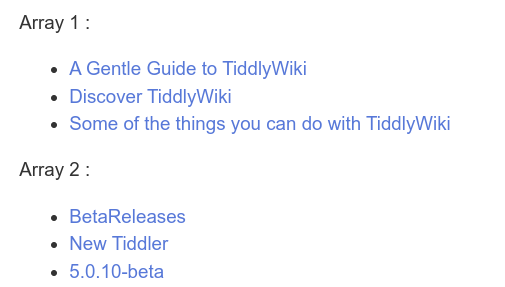I think I understand the general Gist of your problem now.
- Is the problem when you are trying to generalise something such as
$:/plugins/ScottSauyet/WizardNav/ViewTemplate“the markup”, in this case the table, the logic, it is embedded in the markup and its hard to switch to an alternative without it to needing the same logic embedded in it?- This makes it less adaptable because its hard to switch markup or the template if the template must have the logic in it.
If the above is close to you problem, let me know. I have come across this multiple times and can suggest a few alternative approaches.
- Hint: You must seperate the logic from the “markup” or presentation of the result.
Of note @Mohammad has addressed this kind of issue multiple times for wizards, presentations and slideshows. He is possibly our expert on this.
- Could you request a simpler example of this seperate from the larger problem, I am sure I could address that, and simply?
- However if my above description of your problem above is correct I think it can be answered.

